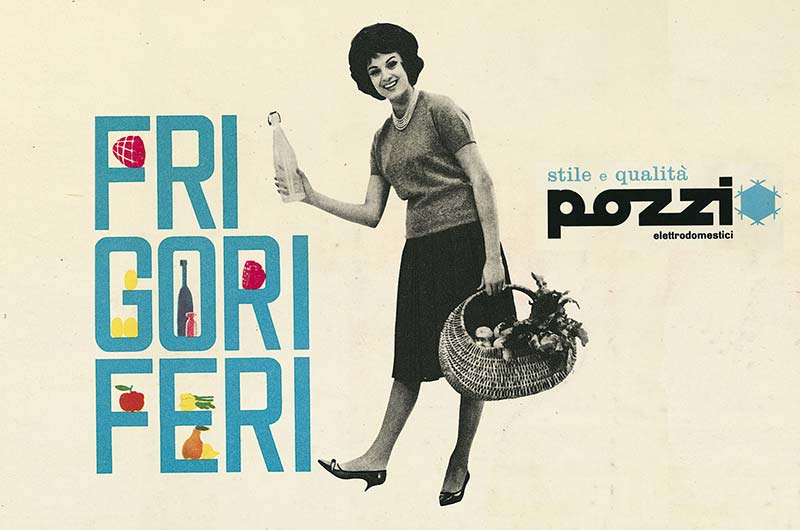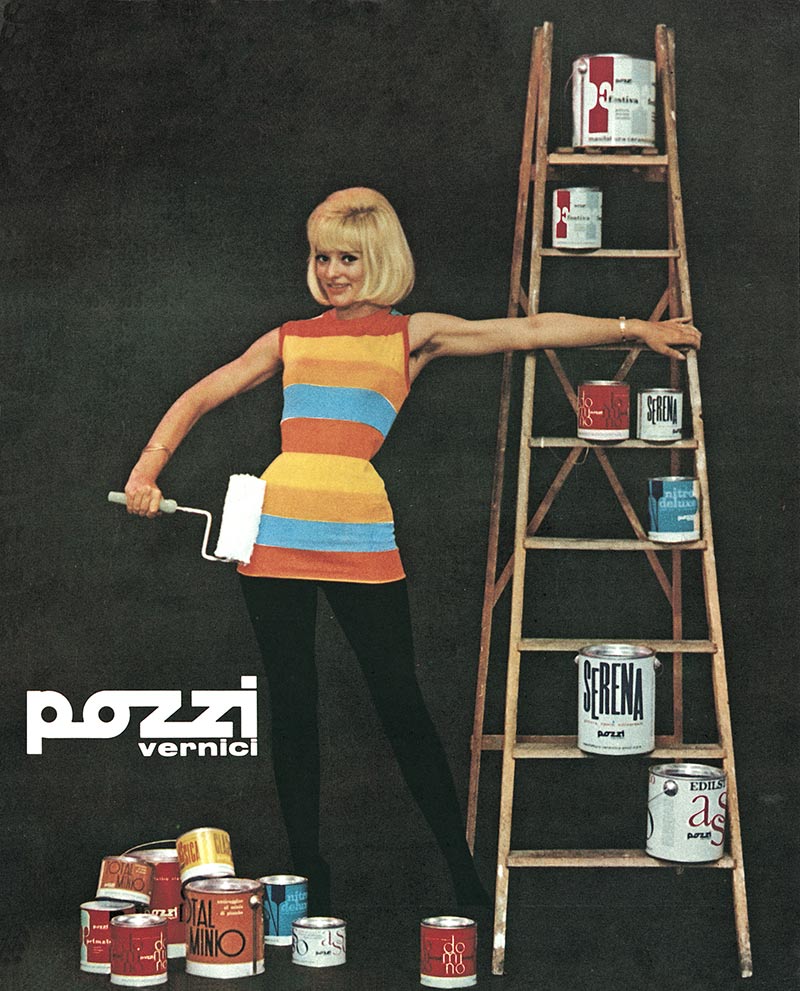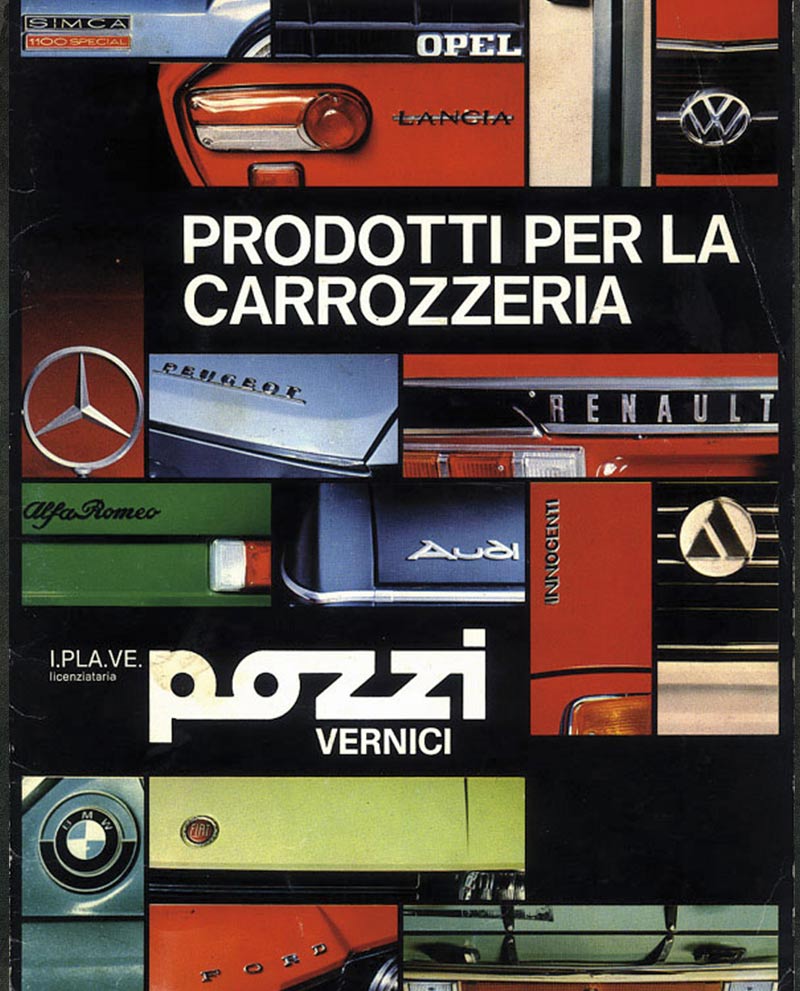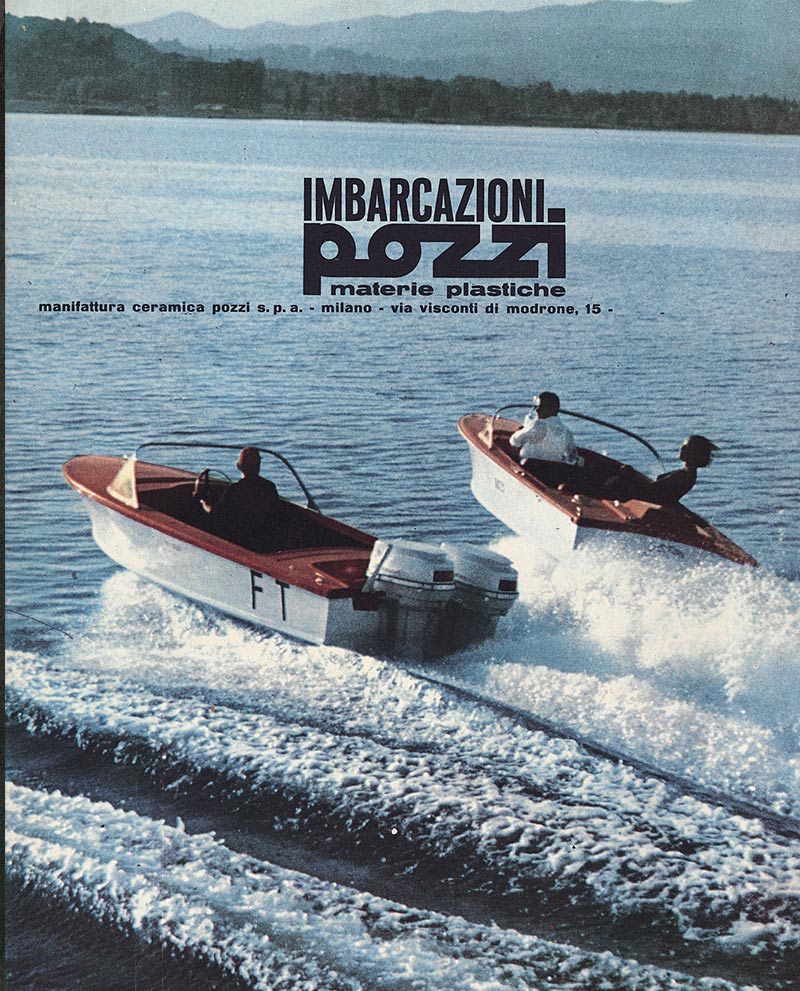A story in constant evolution
In the 90s, POZZI VERNICI was enhanced with the acquisition of INCORA, a leading brand in the market of paints for the building in Italy, whose business history dated back to the late nineteenth century. The INCORA acquisition allowed the company to further strengthen its market position and to create an offer stronger, richer and more competitive, transforming itself, in a subsequent period, in the POZZI COLOURS company.
In the same years the factories were properly transferred from Sparanise to Sessa Aurunca, where today, the company operates on an area of about 120,000 square meters. With this transfer it began a new phase of modernization of facilities and laboratories, with the use of cutting-edge technologies that determined a flexible production in line with market needs, expanding its range, in addition to historical sectors of building and industry, even to the bodywork and to boating.
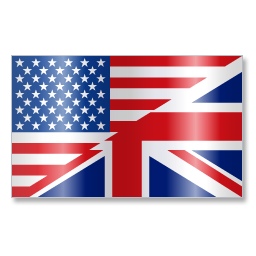

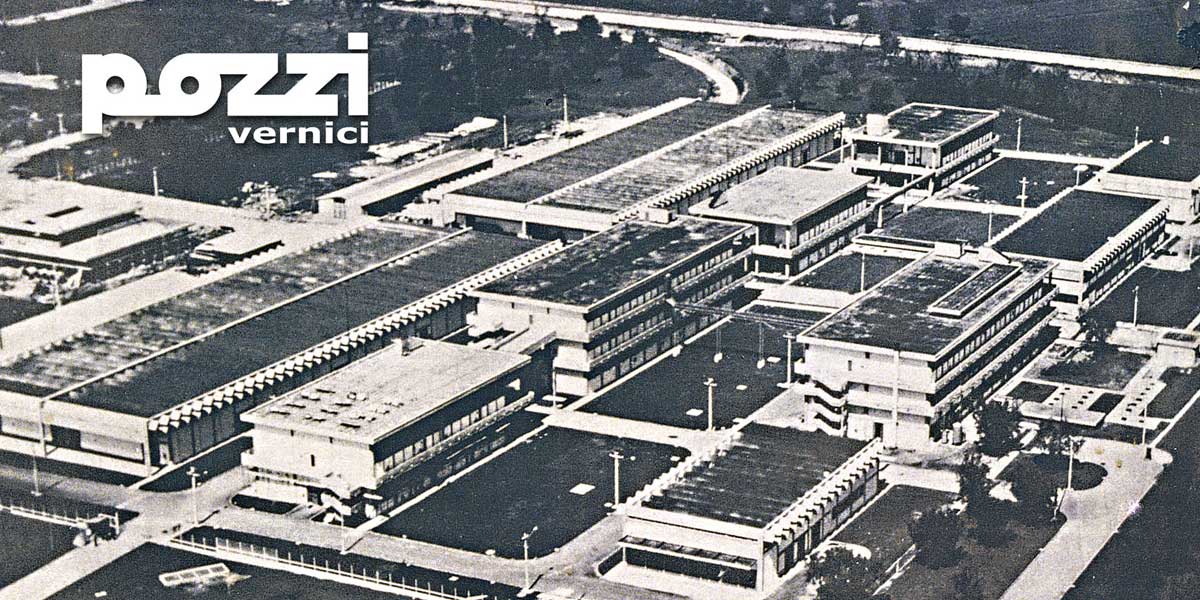

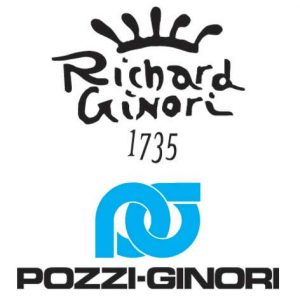 Pozzi-richard ginori binomial
Pozzi-richard ginori binomial